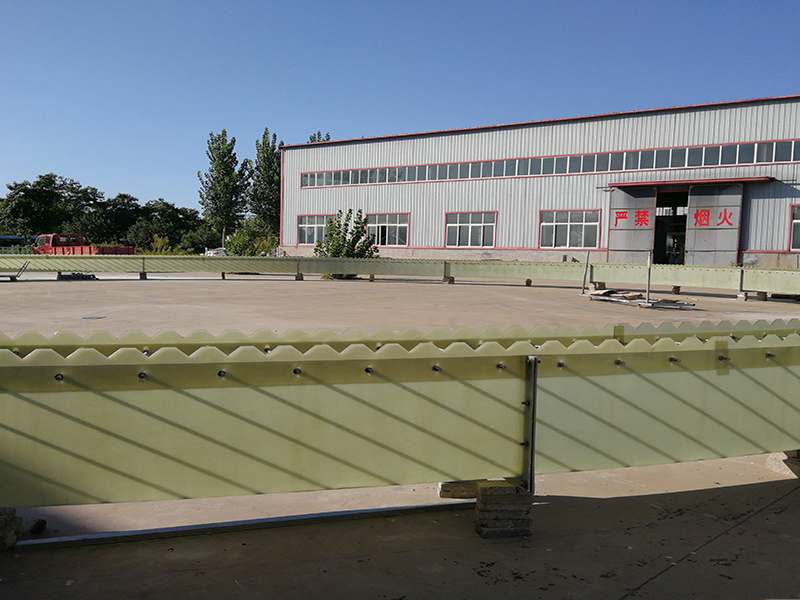
-
 Afrikaans
Afrikaans -
 Albanian
Albanian -
 Amharic
Amharic -
 Arabic
Arabic -
 Armenian
Armenian -
 Azerbaijani
Azerbaijani -
 Basque
Basque -
 Belarusian
Belarusian -
 Bengali
Bengali -
 Bosnian
Bosnian -
 Bulgarian
Bulgarian -
 Catalan
Catalan -
 Cebuano
Cebuano -
 China
China -
 China (Taiwan)
China (Taiwan) -
 Corsican
Corsican -
 Croatian
Croatian -
 Czech
Czech -
 Danish
Danish -
 Dutch
Dutch -
 English
English -
 Esperanto
Esperanto -
 Estonian
Estonian -
 Finnish
Finnish -
 French
French -
 Frisian
Frisian -
 Galician
Galician -
 Georgian
Georgian -
 German
German -
 Greek
Greek -
 Gujarati
Gujarati -
 Haitian Creole
Haitian Creole -
 hausa
hausa -
 hawaiian
hawaiian -
 Hebrew
Hebrew -
 Hindi
Hindi -
 Miao
Miao -
 Hungarian
Hungarian -
 Icelandic
Icelandic -
 igbo
igbo -
 Indonesian
Indonesian -
 irish
irish -
 Italian
Italian -
 Japanese
Japanese -
 Javanese
Javanese -
 Kannada
Kannada -
 kazakh
kazakh -
 Khmer
Khmer -
 Rwandese
Rwandese -
 Korean
Korean -
 Kurdish
Kurdish -
 Kyrgyz
Kyrgyz -
 Lao
Lao -
 Latin
Latin -
 Latvian
Latvian -
 Lithuanian
Lithuanian -
 Luxembourgish
Luxembourgish -
 Macedonian
Macedonian -
 Malgashi
Malgashi -
 Malay
Malay -
 Malayalam
Malayalam -
 Maltese
Maltese -
 Maori
Maori -
 Marathi
Marathi -
 Mongolian
Mongolian -
 Myanmar
Myanmar -
 Nepali
Nepali -
 Norwegian
Norwegian -
 Norwegian
Norwegian -
 Occitan
Occitan -
 Pashto
Pashto -
 Persian
Persian -
 Polish
Polish -
 Portuguese
Portuguese -
 Punjabi
Punjabi -
 Romanian
Romanian -
 Russian
Russian -
 Samoan
Samoan -
 Scottish Gaelic
Scottish Gaelic -
 Serbian
Serbian -
 Sesotho
Sesotho -
 Shona
Shona -
 Sindhi
Sindhi -
 Sinhala
Sinhala -
 Slovak
Slovak -
 Slovenian
Slovenian -
 Somali
Somali -
 Spanish
Spanish -
 Sundanese
Sundanese -
 Swahili
Swahili -
 Swedish
Swedish -
 Tagalog
Tagalog -
 Tajik
Tajik -
 Tamil
Tamil -
 Tatar
Tatar -
 Telugu
Telugu -
 Thai
Thai -
 Turkish
Turkish -
 Turkmen
Turkmen -
 Ukrainian
Ukrainian -
 Urdu
Urdu -
 Uighur
Uighur -
 Uzbek
Uzbek -
 Vietnamese
Vietnamese -
 Welsh
Welsh -
 Bantu
Bantu -
 Yiddish
Yiddish -
 Yoruba
Yoruba -
 Zulu
Zulu
grp flange
Understanding GRP Flanges A Comprehensive Overview
In recent years, the demand for innovative and efficient piping systems in various industries has led to the increased adoption of Glass Reinforced Plastic (GRP) materials. Among the various components used in these systems, GRP flanges have gained significant attention. This article aims to provide a comprehensive overview of GRP flanges, discussing their characteristics, advantages, applications, and maintenance considerations.
What are GRP Flanges?
GRP flanges are specialized connectors designed for use in piping systems made of Glass Reinforced Plastic. GRP, also known as fiberglass, is a composite material made of a polymer matrix reinforced with glass fibers. This combination results in a lightweight, strong, and corrosion-resistant material ideal for a variety of harsh environments. GRP flanges are typically used to connect sections of GRP pipes and fittings, creating a secure and leak-proof seal.
Characteristics of GRP Flanges
1. Corrosion Resistance One of the standout features of GRP flanges is their exceptional resistance to corrosion. Unlike traditional metal flanges, GRP flanges are impervious to rust and chemical attacks, making them suitable for industries that deal with aggressive substances, such as chemicals and wastewater.
2. Lightweight GRP flanges are significantly lighter than their metal counterparts, making them easier to handle and install. This characteristic not only reduces labor costs but also minimizes the structural load on supporting frameworks.
3. High Strength-to-Weight Ratio Despite being lightweight, GRP flanges offer a strong structural integrity. The glass fibers provide high tensile strength, allowing GRP flanges to withstand considerable pressure without deforming.
4. Low Thermal Conductivity GRP flanges exhibit low thermal conductivity, which makes them advantageous in applications where temperature fluctuations are a concern. This characteristic helps in preventing heat loss or heat gain in piping systems.
5. Customizable GRP flanges can be manufactured in various shapes, sizes, and thicknesses, allowing them to be tailored to specific application requirements.
Advantages of Using GRP Flanges
1. Cost-Effectiveness The initial investment in GRP piping systems and flanges may be higher compared to traditional materials. However, the long-term savings due to reduced maintenance costs, durability, and longevity make them a financially viable option.
grp flange

2. Environmental Impact GRP materials are more environmentally friendly than many traditional materials. The production process typically results in lower emissions, and their longevity leads to less waste over time.
3. Ease of Installation The lightweight nature of GRP flanges, coupled with the simplicity of their design, allows for easier assembly. This can lead to quicker project completion times and minimized labor expenses.
Applications of GRP Flanges
GRP flanges are used across a wide array of industries, including
1. Water Treatment Due to their corrosion resistance and durability, GRP flanges are commonly used in water and sewage treatment facilities.
2. Chemical Processing In environments that involve aggressive chemicals, GRP flanges are preferred for their ability to withstand harsh conditions without deteriorating.
3. Oil and Gas The oil and gas industry utilizes GRP flanges for offshore platforms and onshore pipelines due to their lightweight nature and resistance to corrosive environments.
4. Construction GRP flanges are also employed in various construction applications, including drainage systems and HVAC systems.
Maintenance Considerations
Although GRP flanges are low-maintenance, regular inspections are recommended to ensure their integrity. It is crucial to check for any signs of wear, damage, or loosening of bolts. Cleaning the surfaces to prevent buildup of debris or corrosive materials can enhance their longevity. If any issues are detected, prompt replacement or repair is essential to maintain system efficiency.
Conclusion
In conclusion, GRP flanges represent a modern solution for piping systems across various industries. With their unique characteristics, such as corrosion resistance, lightweight nature, and customizable options, they offer numerous advantages over traditional flange materials. Understanding the benefits and applications of GRP flanges can help organizations make informed decisions that enhance operational efficiency and longevity. As industries continue to evolve, GRP flanges will likely play a pivotal role in sustainable and resilient infrastructure.









